Caught - The Max Ophuls Collection
In an age where CGI can fix just about anything in Post-Production, it's worth watching 'Caught' (made in 1949) just as a reminder of how incredibly inventive some film-making was in an age where whatever was exposed onto film was pretty much it. 'Caught' is a film-school case study in how to make use of tracking and gibs in meticulously choreographed sequences that are continuously moving and free from edits. I know that the opening of Orson Wells 'A Touch of Evil' is forever hoisted out for unsuspecting students of film as a great example of such technique, but Ophuls was the real master of 'fluid' film-making and evidence if here in abundance. Time and time again we are treated to the most incredible camera moves, passing in and out of various rooms and scenes without pause for a cut. It's also a worthy tribute to the cast that they are able to sustain such highly charged performances whilst being constantly aware of where they are supposed to be walking - probably to the nearest inch. Ophuls has lots of fun with depth too, constantly bringing objects into the foreground, creating an almost 3D look to the film. What's especially good about the technique is that it never quite gets in the way of what is a rather good melodrama.
Rumour has it that Howard Hughes mercilessly took the mickey out of the terribly earnest French film-maker prior to 'Caught' when he had financed a previous outing. In 'Caught' there is no doubt who one of its central characters represents; the slightly comically named 'Smith Ohlrig' bearing more than a slight resemblance to the difficult Hughes. Apparently Hughes, who bankrolled this picture too, noticed the reference but let it go as long as the character didn't wear his characteristic crumpled clothes and that his business interests would clearly be different than Hughes.
'Caught' is not necessarily one of Ophuls better known works - it was made between his two 'masterworks', 'Lettter from an Unknown Woman' and 'The Reckless Moment' when Ophuls was at the very height of his powers.
Its narrative is pure melodrama. Barbara Bel Geddes is superbly cast as a naïve young model who dreams of 'marrying rich'. She finds herself married to ruthless industrial magnate 'Smith Ohlrig' (I know - that Oilrig reference is painful but then Ophuls was French and possibly thought it was a clever bit of language play) . He's played brilliantly by Robert Ryan. Despite the material wealth this brings her, her life is empty and she is bullied and dominated by her cruel husband, making her life a misery.
Breaking free, she goes back to the poor life - and meets a doctor (James Mason) who works in the poor East Side where he feels he can fulfill his calling. They fall in love, though, when she learns of her pregnancy she returns to live with Smith. Knowing that she carries his child, he abuses the new hold he has on her, telling her that if she seeks divorce he will arrange to take custody of the child through foul means or fair. After all - money talks, and he has plenty of it.
There is a final showdown between the Doctor and Smith, and Smith's cruelty (stopping his wife from ever resting by calling her at every hour of the night) causes a mis-carriage, thereby releasing his hold on her. She is now free to go back into the loving arms of her doctor. (Bizarrely, this 'happy ending' seems to make no note of the sadness of the miscarriage.)
The transfer, in its original 4:3 aspect ratio, is a very good one and there are some reasonable extras here too. The first of these is full commentary by the author of 'Max Ophuls in the Hollywood Studios' (Lutz Bacher) which is packed with detail. It's this type of commentary that I enjoy most (far better than the cast and crew efforts of most current features where it's one long sycophantic celebration of each other's genius). In truth - I rarely listen to audio commentaries all the way through these days. But when a good film historian talks you through a movie in this way, it can be pretty special - like those great commentaries on the Universal Horrors for example. It's interesting to note that 'Caught' had real production difficulties, with shortage of funding and several changes of Director before Ophuls was called in to rescue it. It was Ophuls who cast Mason, as well as changed Leonora's role into less of a 'gold digger' which really accentuated the cruelty of her consequent hardship at the hands of Smith.
Also of value is the brief 'Video Essay' where Ophuls techniques and recurring themes are given an airing by film historian Tad Gallagher. Despite its rudimentary production techniques (no clever audio mixing here) it nonetheless highlights some pretty noticeable themes in Ophuls work, including the preponderance of pillars, posts and chandeliers, particularly throughout 'Caught'. He also mentions Ophuls almost feminist leanings where his women take control of their own destinies, despite serious adversity. Finally, there are a number of stills from early publicity shots included for good measure on the disc.
Whether you're already a fan of Ophuls work, or merely curious to see why so many Director's cite him as their greatest influence, then this DVD is a great place to start. It's a veritable film course in its own right and will certainly bear repeated viewings.
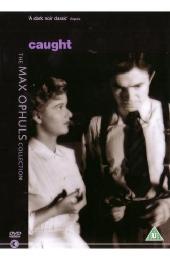
































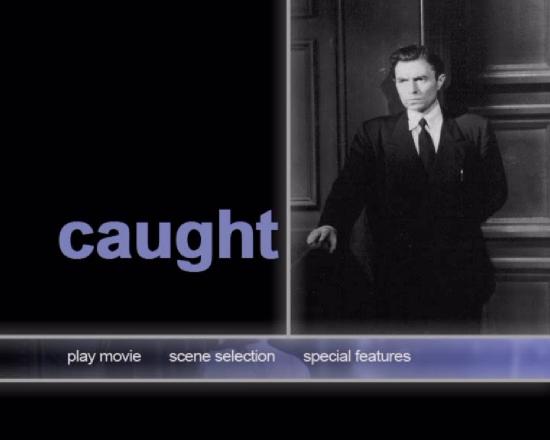
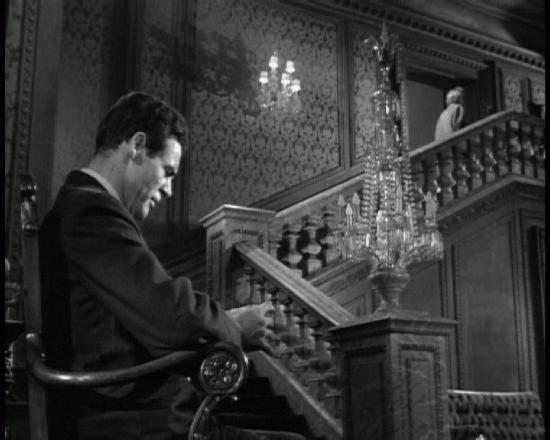
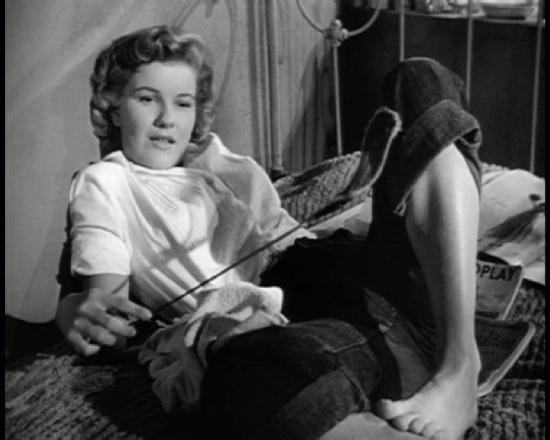
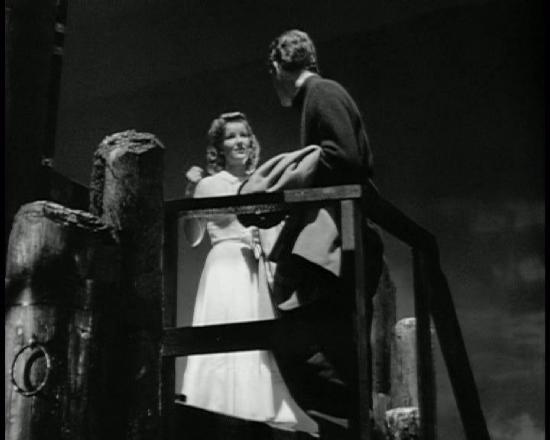
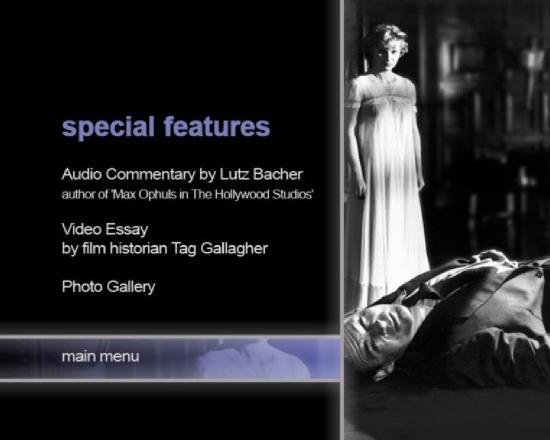
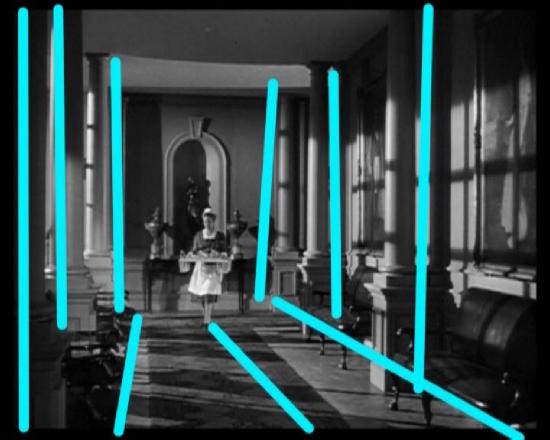
Your Opinions and Comments
Be the first to post a comment!